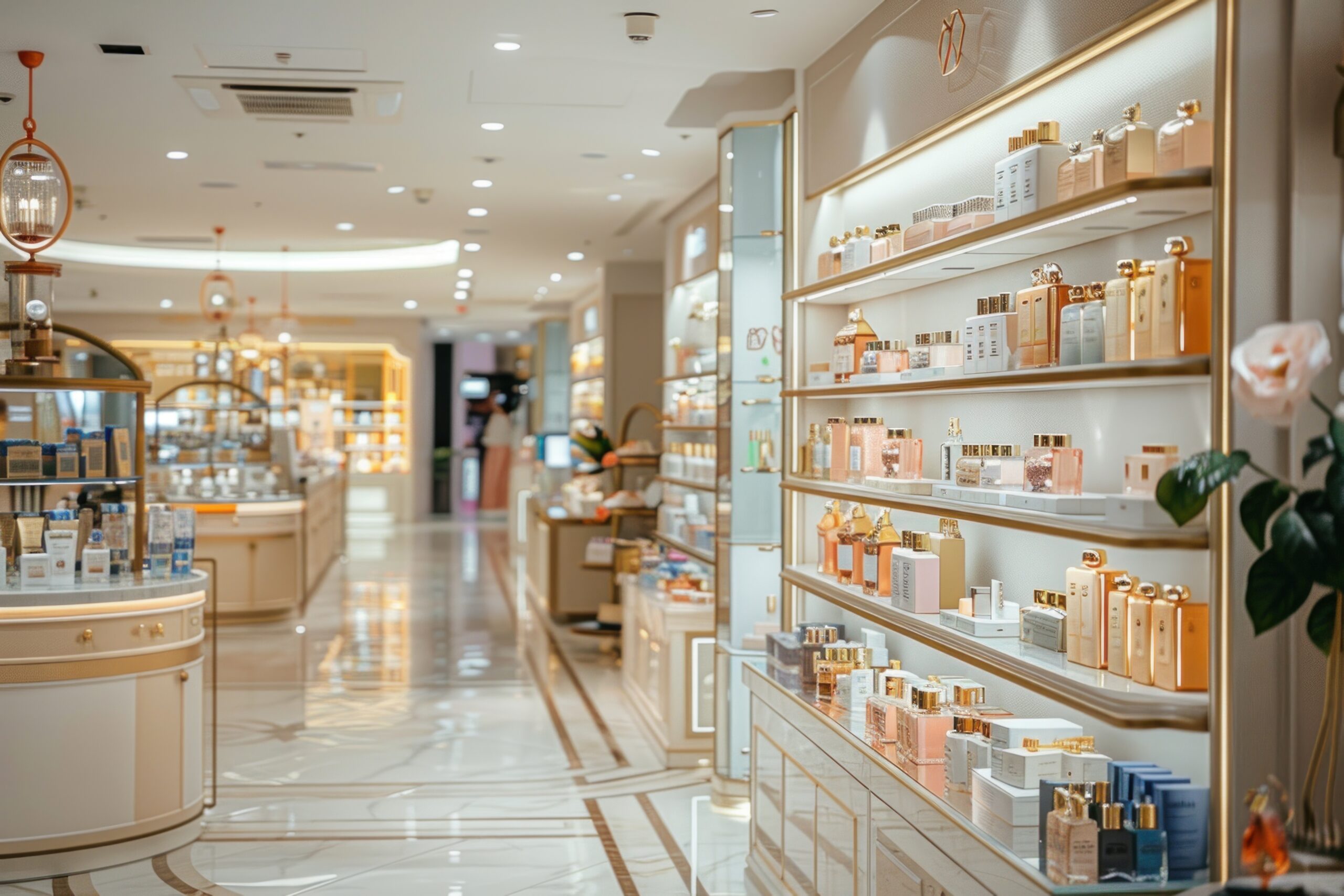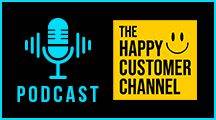
Consumer packaged goods are those that the average consumer purchases and consumes every day. They encompass food products, beverages, personal hygiene products, and any household cleaning products. In other words, the typical house purchases commodities that are typically low in unit price, have rapid periodic or cyclical turnover of demand. Indeed, these commodities show high consumption at all points in time in an average house.
CPGs are different from other categories of products due to their short lifespan and high turnover rate. Whether it’s your morning coffee, toothpaste, or laundry detergent, chances are you’re using CPGs every single day.
Understanding Consumer Packaged Goods (CPG)
In short words, CPGs are things of daily need. They satisfy day-to-day needs and can be available easily in a supermarket, convenience store, or through online platforms. Since it is a need for everyday consumption, demand for CPGs is constant during recessionary times also.
Accessibility is a very salient characteristic of CPGs. Such products are ubiquitous, and manufacturers will try to differentiate between brands and the product itself by branding and advertising. Often, the consumer will make a choice of shampoo based on packaging, price, or brand familiarity.
Consumer Packaged Goods vs. Durable Goods
This has to be established clearly, where a line of differentiation has to exist between consumer goods and durables. CPGs are those produced to meet demands that consume quickly over short time spans whereas, durables consume at lessened rates that never need renewal in large volume scale. Such things include household furniture, motorcars, refrigerators, or televisions etc. Key differences are:
- Life: CPGs have a short life (days, weeks, or months), whereas durables have a long life (in years).
- Purchase Frequency: CPGs have a high frequency of purchase, but durable goods have a low purchase frequency.
- Price: Generally speaking, CPGs tend to be cheap, hence adopted for usage on a daily basis, and durable goods are large investments
Features of Common CPGs
Even though CPGs can take many forms, they all share some common characteristics.
1.They are consumed daily.
2.Products have a short life cycle as they are consumed fast and require frequent replacement.
3.Mass production is required to meet steady demand.
- Brand Loyalty: Consumers are loyal to brands they have experienced and trusted in the past due to advertising and past experience.
- Shelf Space Competition: CPG brands compete for shelf space on both physical and e-commerce retail platforms to grab the attention of customers.
Types of Consumer Goods
Consumer goods are also classified into four categories based on the buying behavior:
1.Convenience Products: These include snack foods, soft drinks, and toothpaste-sold frequently with a low effort level.
- Shopping Products: Products such as clothing and electronic items demand comparison shopping for quality and price.
- Specialty Products: High or specialty products like designer perfumes or wine from specific vineyards that consumers actively look for.
- Unsought Products: Illustrations of insurance or emergency medical supplies which consumers do not actively look for unless they need it.
Examples of Consumer Packaged Goods
Let’s break down some of the more common types of CPGs:
Food
Food products make up the largest share of the CPG sector. From cereals for breakfast to frozen dinners, people consume them because they need them. They are mainly consumed based on taste, convenience, and price.
Beverages
This comprises bottled or tap water, soda, juice, and alcohol. Beverages also trend on flavor. Manufacturers try to outdo one another by getting consumers on their side with the flavors, packs, and the environment-friendliness. Clothes
While not necessarily CPGs, the most bought ones in this group include socks, underwear, and T-shirts.
Medicines
OTC drugs, vitamins, and supplements are basic consumer goods, more so in the healthcare industry.
Personal Hygiene Products
Toothpaste, deodorant, and shampoo are everyday items; hence, popular in the CPG industry.
Cosmetics
Lipsticks, foundations, and skincare products are popular CPGs, whose advertisements are quite common through influencers and social media.
Cleaning Products
Household cleaning supplies include detergents, disinfectants, and sponges, which ensure a clean and healthy environment.
Changes in the CPG Market
The consumer packaged goods industry has seen drastic changes in the last few years, primarily driven by technology and changing consumer behavior. Here are some trends to watch:
- E-commerce Growth: More consumers are buying CPGs online, which increases competition among brands for digital shelf space.
- Sustainability: Green packaging sourced responsibly is increasingly becoming the norm for most of the customers.
- Health and wellness: Healthy and wellness, organic food or plant-based drinks, etc. are in trend quickly
- Personalization: Utilizing data to personalise products and the experience, one can build higher attachment from customers.
- DTC – Direct-to-Consumer: Branded skip more and more intermediate retailers and selling through direct platforms online
Change Tips for CPG Market
- Select the green packaged products, thus reducing your contribution to the negatives surrounding the environment.
- Understand your essentials and subscribe to them to save time and money.
- Compare prices at the different sites, both e-commerce sites and physical stores.
Frequently Asked Questions on the Consumer Packaged Goods Industry
What is a consumer packaged good?
One example of CPG is toothpaste, which is taken daily, and its high rate of replacement is a necessity. In addition, it is available in almost every store.
What’s the difference between CPG and FMCG?
In short, although sometimes used interchangeably, FMCG, while emphasizing the ‘velocity of sales’, refers to packaged goods to consumers, while CPG covers both of those but with a broader meaning.
What impact does e-commerce have on the CPG market?
This therefore gave the consumer an open opportunity to readily purchase CPGs. E-commerce provided the consumer with more convenience, wider choice options, and cheaper price points. On the other end, companies have struggled to shine on their e-commerce platforms.
Frequently Asked Questions About Inktel
What is Inktel?
Inktel is a contact center solution company that deals with cloud-based contact centers, AI-driven solutions, and enterprise-grade services aimed at helping businesses enhance their customer engagement.
How can Inktel support the CPG industry?
Inktel will help the CPG companies manage their customer support, optimize order fulfillment, and facilitate data-driven insights to help deliver higher customer satisfaction and loyalty.
Why choose Inktel for your business?
Inktel provides customized solutions with state-of-the-art technology and the most devoted team for outstanding service. Whether it’s a small business or an enterprise, Inktel’s services will suit any kind of business.



